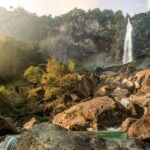Peru has a long and complex history visible in its architecture, cities, and ancient remains. Across its regions, visitors will find temples, fortresses, and settlements built by the Incas and civilisations that came before them. Many of these places were designed for ceremony, defence, or farming, and their structures still stand with remarkable detail. Those looking for historical places in Peru will find a variety, from desert carvings and jungle fortresses to stone cities in high mountains. Visiting these sites means walking through spaces where history and present-day life meet.
10 Best Historical Places In Peru
From highland citadels to coastal temples, these are the most significant and well-preserved historical places in Peru, each offering clear insight into the country’s ancient past.
1. Machu Picchu
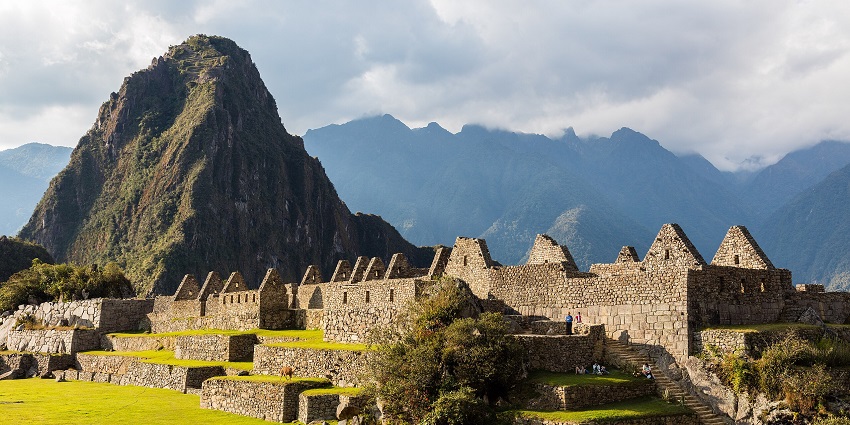
Photo: Diego Delso / Wikimedia Commons
At 2,430 metres above sea level, Machu Picchu rises between two sharp peaks in southern Peru. It was built in the 15th century during the reign of Pachacuti, the ninth ruler of the Inca. Its position in the mountains kept it hidden for centuries. When it was brought to wider attention in 1911, most of its stonework had remained untouched. The city includes temples, terraces, living quarters, and food storage areas arranged in practical order. Some areas were meant for ceremonies, others for farming and housing.
Cost: S185 / ₹4500
Timings: 6 AM – 5:30 PM
Nearby Attractions: Huayna Picchu, Aguas Calientes, Mandor Gardens
2. Sacsayhuamán
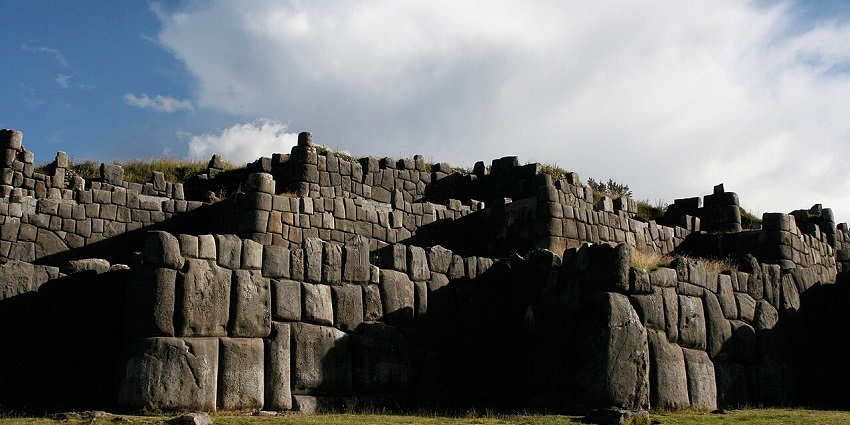
Photo: Esoltas / Wikimedia Commons
Sacsayhuamán stands on a ridge above Cusco and is one of the most striking historical places in Peru. It was built under Pachacuti and expanded by later Inca rulers. The stonework here shows some of the largest blocks ever used in Inca construction, with many weighing over 100 tonnes. They were shaped by hand and placed together without mortar, yet the gaps between them are so tight you cannot fit a knife through. The walls form a wide zigzag across three levels, each built with solid precision.
Cost: S70 / ₹1700
Timings: 7 AM – 6 PM
Nearby Attractions: Cristo Blanco, Qenqo, San Blas
3. Chan Chan
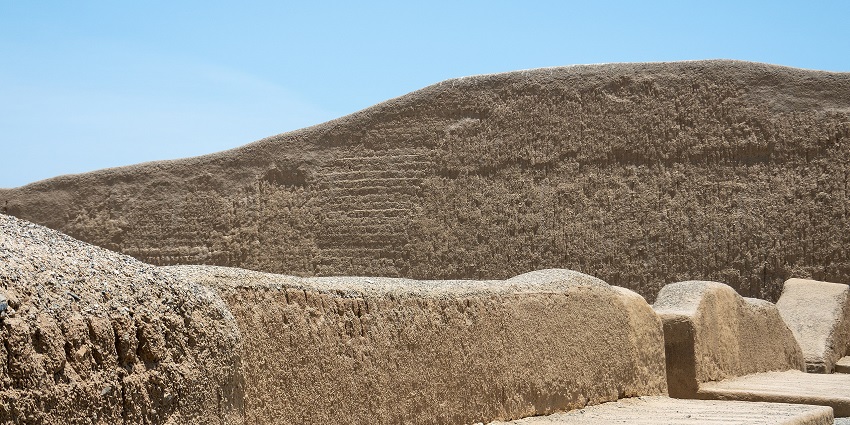
Photo: PsamatheM / Wikimedia Commons
Chan Chan is a mud-brick city on the northern coast of Peru, just outside Trujillo. It was built by the Chimú people and served as their capital until the Inca conquest. The city once covered over 20 square kilometres, though only the central section remains today. The surviving area includes large compounds believed to be palaces. Each one has high outer walls, wide courtyards, storerooms, burial areas, and narrow corridors. The walls are carved with fish, birds, and repeating wave patterns. These designs show how closely the Chimú were tied to the sea.
Cost: S15 / ₹350
Timings: 9 AM – 4:30 PM
Nearby Attractions: Huaca Esmeralda, Huaca Arco Iris, Trujillo Historic Centre
4. Nazca Lines

Photo: Diego Delso / Wikimedia Commons
The Nazca Lines stretch across the dry plains south of Lima, etched into the ground by the Nazca people over 1,500 years ago. They are among the most studied and puzzling historical places in Peru. From above, the designs appear as clear shapes of hummingbirds, monkeys, spiders, trees, and long straight lines that cross the desert for kilometres. These geoglyphs were made by scraping away the top layer of reddish soil to reveal lighter sand underneath. Viewing towers also offer a partial look at some shapes.
Cost: S300–375 / ₹7000-9000
Timings: 6 AM – 4 PM
Nearby Attractions: Chauchilla Cemetery, Cantalloc Aqueducts, Antonini Museum
5. Kuelap Fortress
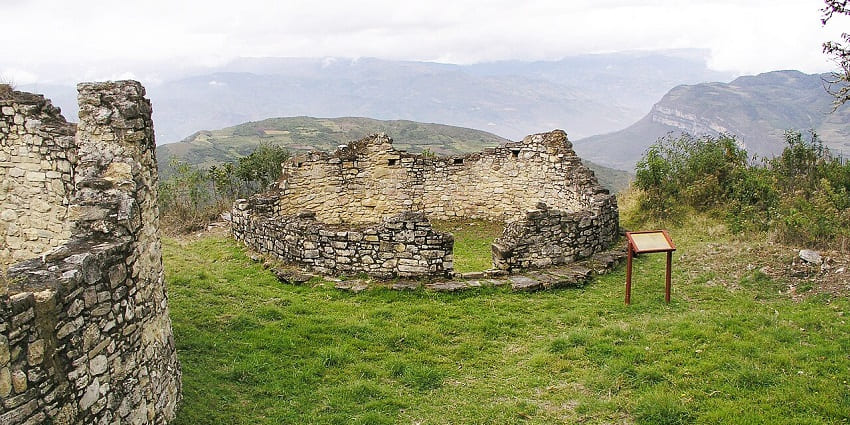
Photo: JYB Devot / Wikimedia Commons
Kuelap stands on a ridge above the Utcubamba Valley in northern Peru, built by the Chachapoya people long before the Incas. The site is at around 3,000 metres above sea level, surrounded by cliffs and covered in cloud forest. Its outer stone walls reach as high as 20 metres and enclose hundreds of circular buildings. Most of these structures were used for housing, while some were built for storage or meetings. Several walls are decorated with carved patterns shaped like diamonds. The narrow entryways suggest the design was defensive.
Cost: S30 / ₹700
Timings: 8 AM – 4 PM
Nearby Attractions: Gocta Waterfall, Revash Mausoleums, Chachapoyas
6. Huaca Pucllana
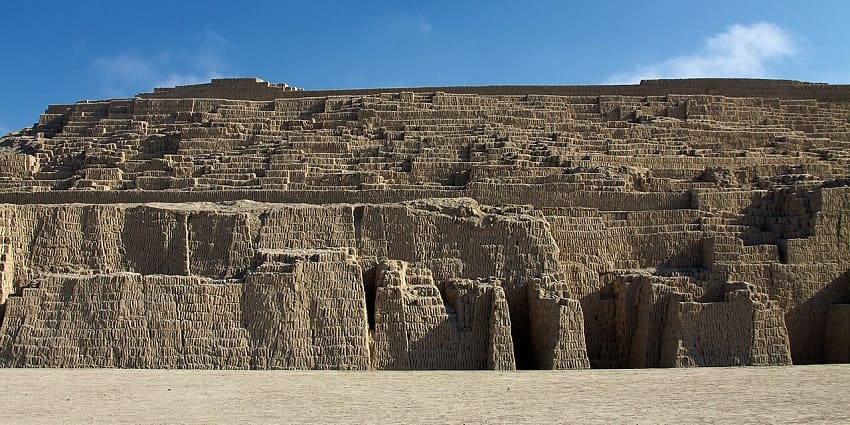
Photo: McKay Savage / Wikimedia Commons
Huaca Pucllana was built more than a thousand years ago by the Lima culture. It stands inside the Miraflores district, and the main structure is a stepped pyramid made from adobe. Each brick was shaped by hand and placed on its edge, which helped the walls bend slightly during earthquakes. This method kept the structure from falling. The site was used for rituals, public gatherings, and burials. For a long time, the whole site was covered in rubble. Most of the pyramid now stands clear of debris, with footpaths for visitors and signs marking the original sections.
Cost: S20 / ₹500
Timings: 9 AM – 4:15 PM (closed on Tuesdays)
Nearby Attractions: Kennedy Park, Huaca Huallamarca, Larcomar
7. Qorikancha
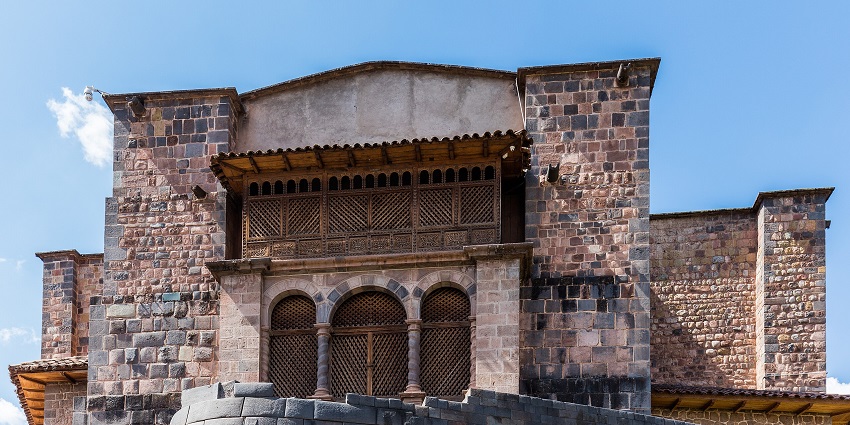
Photo: Diego Delso / Wikimedia Commons
Qorikancha was the most sacred temple in the Inca Empire. It stood at the centre of Cusco and was dedicated to the sun god, Inti. The outer walls were once covered in gold sheets, fastened directly onto the stone. These reflected the sun during rituals held by priests and members of the royal class. The temple also held rooms for the moon, stars, rainbow, and lightning, each treated as powerful forces. The stonework is some of the finest in all of Cusco. Narrow channels cut into the floors were used to guide water through the temple.
Cost: S15 / ₹350
Timings: 8:30 AM – 5:30 PM (closed on Sundays)
Nearby Attractions: Santo Domingo Church, Plaza de Armas, Museo Inka
8. Ollantaytambo
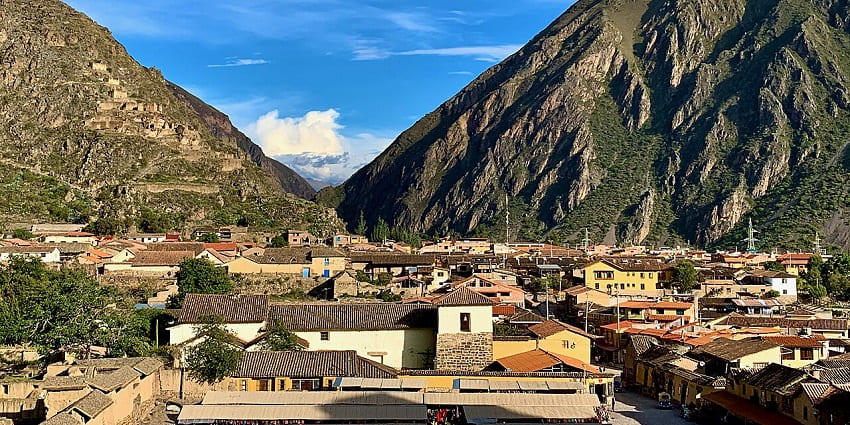
Photo: F Delventhal / Wikimedia Commons
Ollantaytambo sits in a valley where the archaeological site climbs up a steep slope, with terraces built for farming and drainage. Higher up are stone structures believed to have served religious and military purposes. Large stones used in the main temple were moved from a quarry across the valley. They were dragged by hand, pulled on slopes, and brought across the river. Some of these blocks still lie near the site, never placed. One section, known as the Temple of the Sun, was left unfinished. Below, there are fountains, pools, and open courtyards that formed part of the Inca complex.
Cost: S70 / ₹1700
Timings: 7 AM – 6 PM
Nearby Attractions: Pinkuylluna Ruins, Ollantaytambo village, Inca Quarry Trail
9. Pisac Ruins
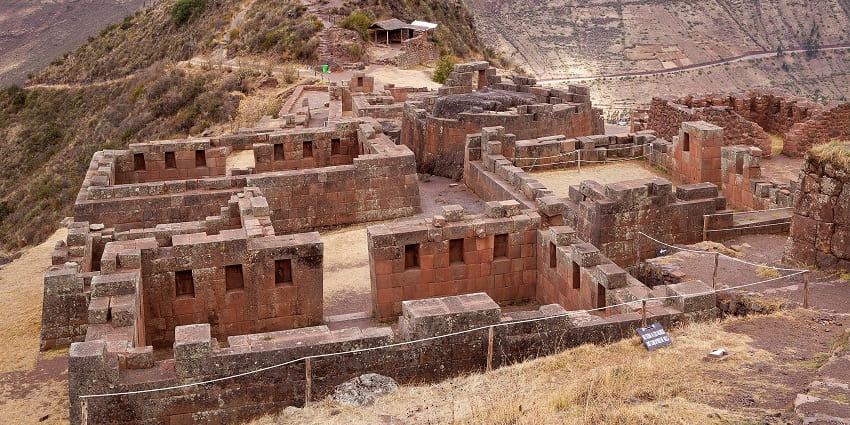
Photo: Unukorno / Wikimedia Commons
The ruins at Pisac cover a long ridge above the valley floor. The Incas built them to guard this part of the Sacred Valley and to farm the steep land. The terraces stretch along the slopes in wide rows, supported by stone walls. They were used to grow maize and other crops. At the top, temples were built from carefully shaped stones. The largest is thought to be a sun temple, placed to catch light during the solstice. Smaller rooms sit nearby, some with remains of ritual platforms and carved niches.
Cost: S70 / ₹1700
Timings: 7 AM – 6 PM
Nearby Attractions: Pisac Market, Awanakancha, Pisac village
10. Choquequirao Archaeological Complex

Photo: Harley Calvert / Wikimedia Commons
Choquequirao is built across a high ridge above the Apurímac River. It was an Inca site from the late 1400s and is one of the most remote historical places in Peru. The site covers a wide area and includes terraces, temples, stone channels, staircases, and raised platforms. It is set into the slope, with buildings arranged at different heights, joined by long paths and steps. In the centre, a large flat plaza sits between ceremonial structures. On one slope, several of the terrace walls have figures of llamas made from white stone, placed into the masonry.
Cost: S20 / ₹500
Nearby Attractions: Capuliyoc viewpoint, Apurímac Canyon, Huanipaca trails
Peru’s historical places span ancient mountaintops, coastal ruins, and ceremonial centers built by diverse cultures like the Inca, Chimú, and Chachapoya. Each site reveals the ingenuity and beliefs of past civilizations. While some remain under excavation, others are fully restored and open to exploration. From fortresses to sacred sites, Peru’s heritage is rich and vast. Book your trip today with TripXL and experience the wonders of Peru’s past firsthand.
Cover Photo: Eloy V S. / Pexels / Image For Representation Only


 WhatsApp
WhatsApp
 Twitter
Twitter


